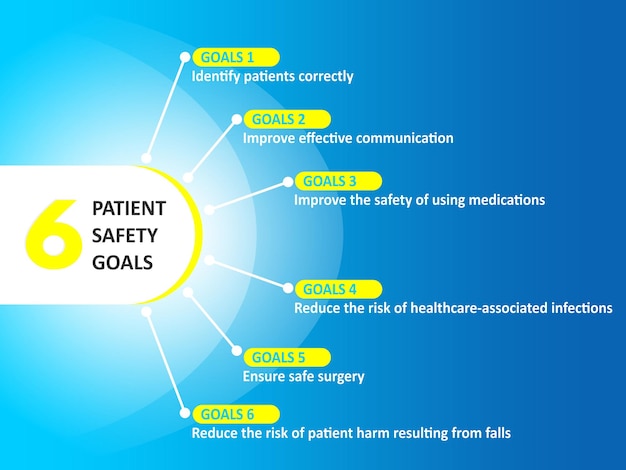The Importance of Identifying and Mitigating Workplace Hazards

Introduction
In today’s dynamic work environment, understanding and addressing workplace hazards is crucial for ensuring employee safety and health. Workplace hazards can lead to serious incidents, not only impacting workers but also costing businesses financially. This article delves into the significance of recognising different types of hazards, the ongoing efforts to mitigate them, and why prioritising workplace safety is imperative for organisations worldwide.
What are Workplace Hazards?
Workplace hazards refer to unsafe conditions or practices that can cause accidents, injuries, and health issues. They can be categorised into several types including physical, chemical, biological, ergonomic, and psychosocial hazards. Physical hazards pertain to environmental factors such as slippery floors or inadequate lighting. Chemical hazards include exposure to harmful substances, while biological hazards arise from exposure to bacteria, viruses, or other pathogens. Ergonomic hazards relate to the way tasks are designed, potentially causing musculoskeletal disorders, and psychosocial hazards involve factors that may lead to stress or mental health issues at work.
Recent Trends and Regulations
According to the Health and Safety Executive (HSE), an estimated 1.6 million people in the UK suffer from work-related ill health each year, most prominently due to poor ergonomic practices and exposure to harmful substances. Recent legislative measures are pushing for stricter regulations and protocols to help employers identify and manage these hazards effectively. For instance, the recent updates to the Health and Safety at Work Act highlight the need for a proactive approach to risk management. Compliance not only prevents accidents but also fosters a culture of safety within the workplace.
Steps to Mitigate Hazards
Identifying workplace hazards is the first step towards a safe working environment. Organisations are encouraged to carry out regular risk assessments, which involve identifying potential hazards, evaluating the risks they pose, and implementing control measures to mitigate them. Training employees to recognise hazards and report them is also vital. Moreover, creating an open communication channel where employees feel comfortable discussing safety concerns can lead to improved morale and encourage collective responsibility towards workplace safety.
Conclusion
The significance of understanding and addressing workplace hazards cannot be overstated. As the workplace evolves with new challenges, employers must remain vigilant and proactive in ensuring a safe work environment. By investing in safety training, complying with regulations, and maintaining open communication, organisations not only protect their employees but also enhance productivity and sustainability. Looking towards the future, the integration of technology for hazard detection and proactive risk management strategies is likely to revolutionise workplace safety, ensuring that employee well-being remains at the forefront.
You may also like

Understanding the Role of Insurance in Everyday Life

The Importance of Patient Safety in Modern Healthcare
